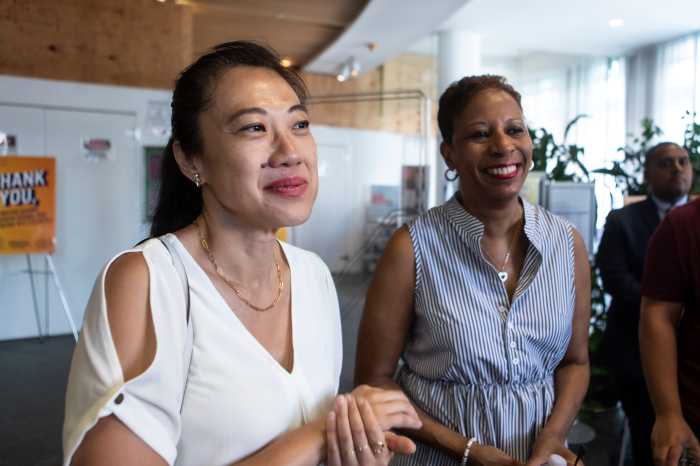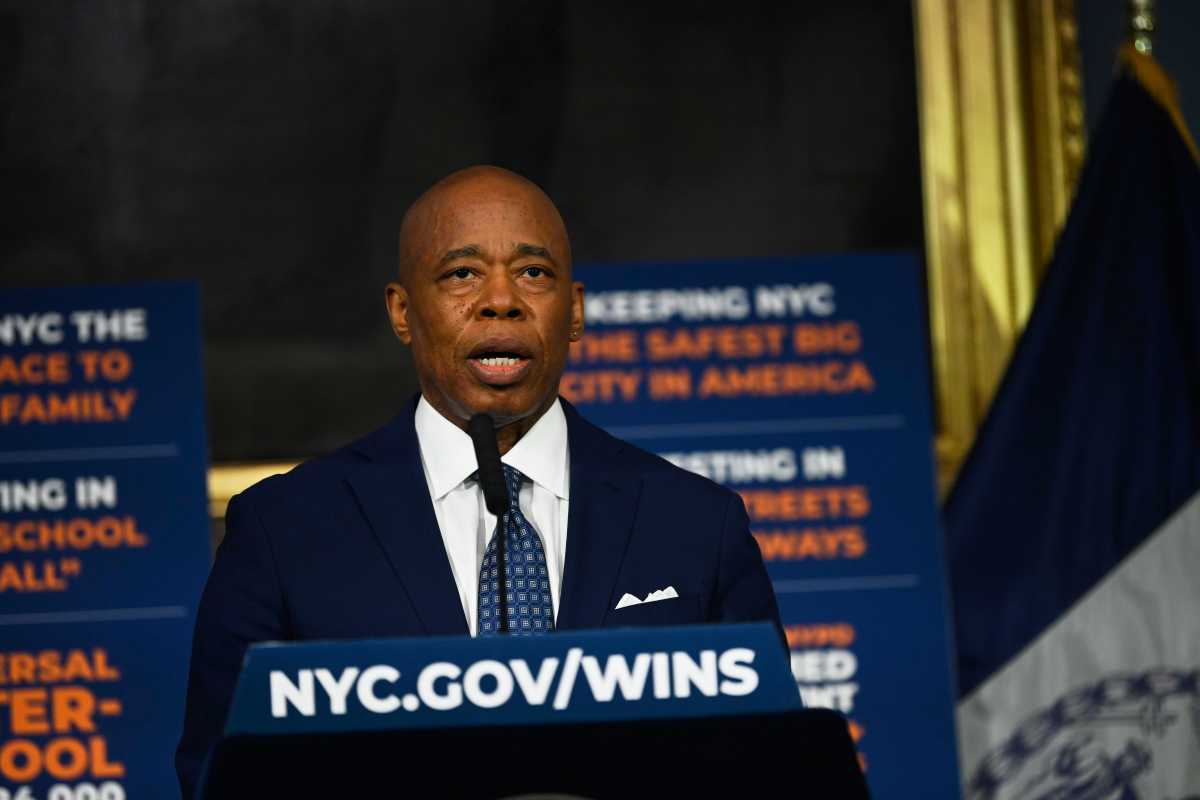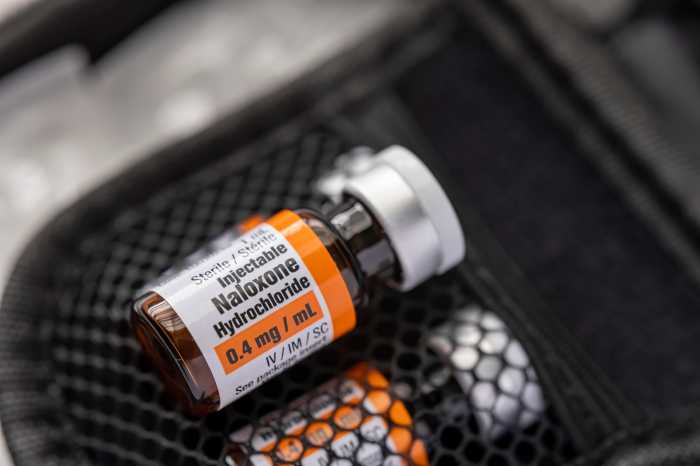There are better alternatives to the Ravitch Commission bridge toll proposal, which would have hurt Queens, Brooklyn and the Bronx while having a limited effect on Manhattan.
Instead of tolls, Gov. David Paterson and the Legislature should raise the gas tax as a dedicated tax for the Metropolitan Transportation Authority. A 6− to 10−cent increase will net between $550 million and $600 million, based on the number of state registered vehicles and the average miles driven. This is more than bridge tolls would net, since the cost of constructing, administering, collecting and hiring additional staff would minimize the return the MTA claims.
At least 25 cents of every dollar of bridge tolls would have gone toward its operation and would have taken 18 months to implement. A gas tax increase can start tomorrow and 99 percent of it would go toward better transit throughout the state, with the MTA getting the lion’s share.
In the far future, a “vehicle miles travelled” fee could be considered when the gas tax could no longer produce the required revenue because of less gas consumption and changes in driving habits. This form of revenue−raising is finding favor throughout the United States.
Last month, I was paying $1.89 per gallon of gas. Today, the cost is $2.09 per gallon. You do not hear many complaints, since the cost is still less than last summer’s $4 per gallon. This is the time to increase the gas tax. I believe New Yorkers will accept it as long as it is dedicated to upstate and downstate transit operations. Everyone will partake and minimize any fare increase. Better yet or in addition, let’s get the commuter tax back.
Other ways of cutting costs at the MTA are as follows:
1. Renegotiate the Long Island Rail Road union contracts that allow retirees retirement pay based on the exaggerated overtime most receive in their last year. Also, stop the exposed fraudulent disability retirement scam for LIRR workers.
2. As technical staff retire from the New York City Transit Authority’s engineering staff, do not replace them. They should and can do more with less.
3. A substantial number of Transit Authority bus routes are low−volume operations, like the Q76 and Q79. In these areas, smaller buses, such as those used for Dial−A−Ride service, would save operating costs.
4. Review the use of the accordion buses. Are they effective and needed where they are used?
5. After 9 p.m., curtail express trains. For example, on the Seventh Avenue line, after 9 p.m. there are more — comparatively empty — express trains running than local trains. This occurs throughout the system.
I am sure smarter people than me can think of many more ways of cutting MTA costs.
Bernard Haber
Douglaston



































